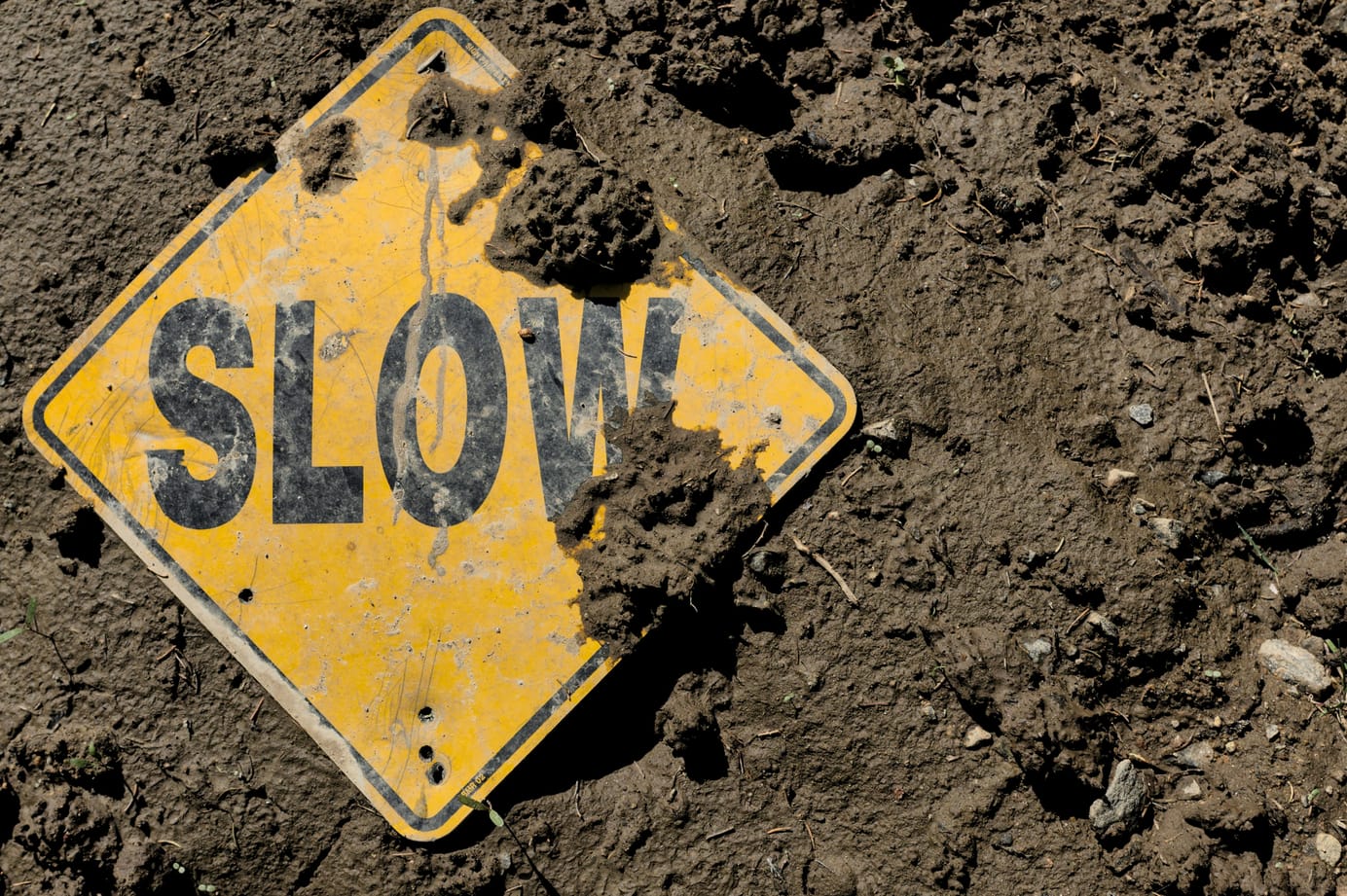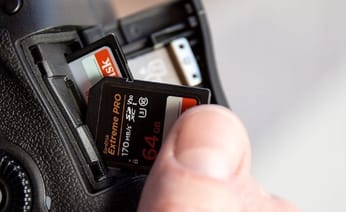
It's 2025. Why Are Your RAWs Still on an External Drive?
Table of Contents
The Problem Nobody Wants to Talk About
After 25 years deep in tech, building and breaking systems at scale, I thought I'd seen it all. Then I discovered that professional photographers - in 2025 - are still being told to keep their RAW files off their computers because "the hard drive will fill up."
This isn't fringe advice from random forum posts. Adobe themselves, along with a whole ecosystem of YouTube educators and Lightroom experts, actively recommend importing your RAWs straight from camera cards to external SSDs. Even Fstoppers recently suggested using external storage for your Lightroom catalog because internal drives "quickly run out of space."
Let me be clear: This is terrible advice that's making your photography workflow slower, riskier, and unnecessarily complicated.
And yes, I'm looking at you, my fellow Mac users - this especially applies to us since we can't upgrade storage later.

The Speed Reality Check
Internal storage talks directly to your CPU over an obscenely fast connection. External drives? They traverse a completely different hardware path through multiple firmware and software translation layers. It's like comparing a direct flight to one with three layovers: technically you'll get there, but one is obviously faster.
And before you say "but Thunderbolt!" - yes, I know about Thunderbolt. I also know about the dirty secret of cables and ports. That USB-C port might support Thunderbolt 5 at 120 Gbps, but if your cable only supports USB 3.1, you're bottlenecked at 10 Gbps. Grab the wrong cable from your drawer (we all have that drawer), and you might be running at USB 2 speeds without even knowing it.
Modern RAW files are massive and getting bigger with every camera generation. When you're importing hundreds of 60-100MB+ files, or batch exporting, those speed differences aren't academic -they're the difference between getting work done and watching progress bars.
The Workflow Nightmare You're Creating
Let's talk about what actually happens when you commit to external storage for your RAWs.
Your first 1TB external SSD fills up. So you buy a 2TB drive. Now you either spend hours migrating everything and teaching Lightroom where the files moved to, or you start splitting your work across multiple drives. Need to re-edit something from last year? Hope you remember which drive it's on. And hope that drive is within reach. And working.
This is where the single massive Lightroom catalog that Adobe pushes becomes a liability. You've created a single point of failure (SPOF, as we call it in tech) that references files scattered across multiple external drives. Lose that catalog, and even with backups, you're facing a complete restore of everything.
Compare this to how Capture One handles it: multiple catalogs that can run simultaneously, with "Sessions" for project-based work. Smaller failure domains. Contained disasters when things go wrong. You know, like blast walls.

Need Help Untangling Your Storage Mess?
Storage & Workflow Audit - In 90 minutes, we'll map out your needs, and exactly how to reorganize your setup, calculate your real storage needs, and build a workflow that actually works. No more juggling drives, no more panic about lost catalogs.
Yes, it's an investment - but it's less than that new prime you're eyeing. It's practical, friendly, and totally tailored to your gear and goals.
After spending yesterday helping a photographer friend start to escape from a multi-drive nightmare, I know how overwhelming this can feel. You don't have to figure it out alone.
Contact Me to book your audit, or if you just want to commiserate about that drawer full of mystery cables.
The Backup Illusion
"But external SSDs ARE my backup strategy!"
No. Just no.
If your working files are on an external SSD, and you're backing up to another external SSD, you're one coffee spill away from losing everything. And please don't tell me your camera cards are your third backup - that's like using sticky notes as your filing system.
Here's what actual backup looks like: the 3-2-1 rule. Three copies, two different media types, one off-site. Your working files on internal storage, backed up to an external drive, with another copy in cloud storage or at another location. Not three SSDs in the same camera bag.

Making the Switch: A Practical Roadmap
Before we talk about the "why," let's get specific about the "how":
1. Calculate your actual needs Check your last year's catalog size. Most photographers are surprised it's under 400GB. If you're shooting 50,000+ images a year, you might need more - but then you're probably making enough to justify the storage upgrade anyway.
2. Start fresh or migrate smart
- Getting a new Mac? Buy adequate storage upfront (512GB minimum, 1TB strongly preferred)
- Stuck with your current Mac? Archive everything older than 12 months to external storage, start fresh internally with your current work
3. Set up proper archiving External drives become your filing cabinet, not your desk. Archive by year, maintain the 3-2-1 backup rule for those archives too.
4. Break the mega-catalog addiction Create annual catalogs. Yes, it's different from what Adobe preaches, but it's also why you won't lose everything when disaster strikes. One catalog per year = contained failures.
The Better Way
Here's the workflow that actually makes sense in 2025:
The false economy here is painful: people cheap out on internal storage to "save money," then spend more on external SSDs that deliver worse performance. On Macs, where storage can't be upgraded later, this decision haunts you for the entire life of the machine.
Create annual catalogs instead of one massive lifetime catalog. January rolls around? Archive last year's catalog and RAWs to external storage (with proper backups), start fresh internally. You get smaller, faster catalogs, manageable storage requirements, and contained failure domains.
Yes, this means occasionally you'll need to open an older catalog for client work. That's what external drives are actually for—archives, not active work.

Time to Face Reality
The advice to use external SSDs for active Lightroom work made sense in 2015 when internal storage was expensive and limited. But it's 2025. Apple's base model MacBook Air comes with 256GB, but for a few hundred dollars more you can get 512GB or 1TB. That upgrade costs less than the inevitable collection of external SSDs you'll accumulate following outdated advice.
Stop handicapping your workflow because someone on YouTube is still preaching decade-old solutions. Stop carrying three SSDs everywhere because you've spread your work across multiple drives. Stop pretending that external storage is just as fast when you can feel the lag every time you import.
It really is that simple.
What's your current storage setup? Have you fallen into the external SSD trap? Let me know in the comments—I'm genuinely curious how widespread this problem has become.
The Tech Behind the Frame Newsletter
Join the newsletter to receive the latest updates in your inbox.




